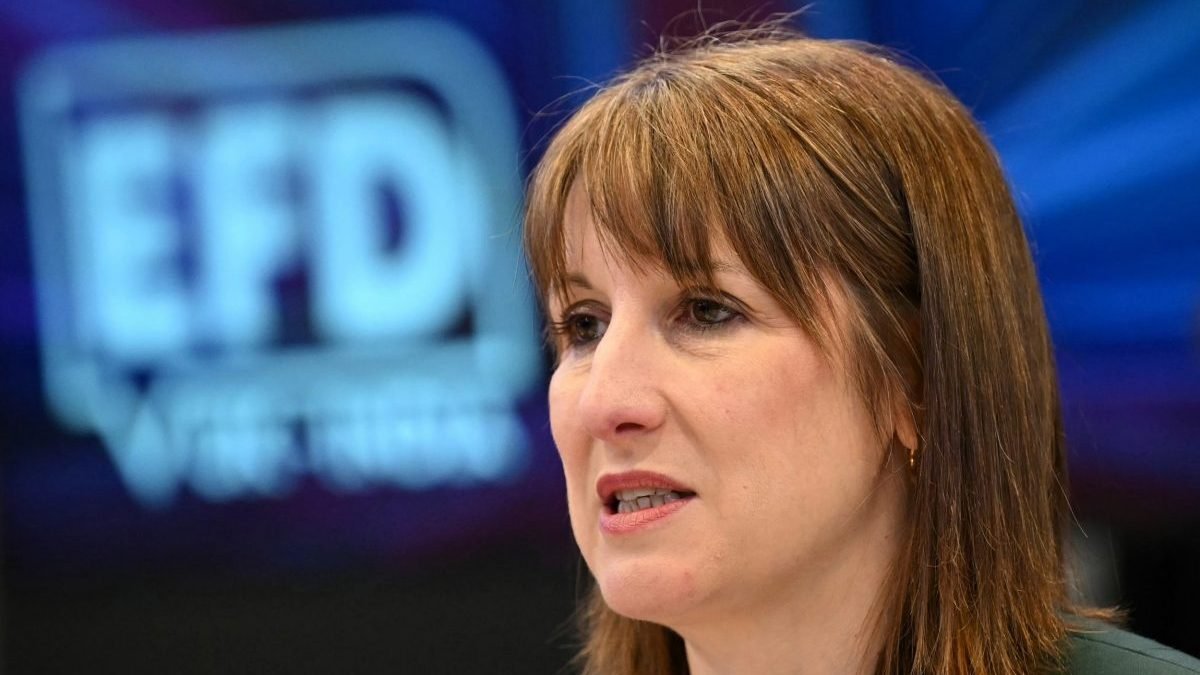Savers are encouraged to fix top ISA rates now before they disappear – with the Bank of England expected to cut interest rates next month
Long-term cash ISA rates are at their highest level in six months as providers boosted their offerings before the tax year ended, and savers rushed to deposit their money before reforms are anticipated by the Government later this year.
The average one-year fixed rate ISA was 4.12 per cent this month, its biggest month-on-month rise since October 2023, according to data from Moneyfacts.
More savers were opting for longer-term rates as not only are they more generous – with the average easy access ISA rate at 3.03 per cent – but crucially, they wanted to lock in money before the Chancellor’s promised reforms later this year.
Reeves confirmed in her Spring Statement last month that changes to the ISA were under consideration, with some suggestions that she will cut the existing allowance of £20,000 to as little as £4,000 in a bid to get more people to put their money in investments instead.
This is to help encourage the Government’s economic growth agenda, by which it hopes to avoid further cuts or tax rises.
Future reforms, the statement said, would aim to “get the balance right between cash and equities to earn better returns for savers, boost the culture of retail investment, and support the growth mission.”
As many providers up their rates towards the tax year end, before the ISA allowance resets, to win custom, experts are now warning this could soon be reversed as interest rates are predicted to fall.
Charlene Young, senior pensions and savings expert, said: “Inflation fell for the second month running in March, and whilst April brought with it a barrage of price increases, a rate cut announcement is looking very likely when we next hear from the Bank of England rate-setters on 8 May.”
Whilst falling interest rates are generally good for the economy, they do mean savings rates tend to fall at the same time.
Andrew Hagger, finance expert, said: “There’s always plenty of competition between ISA providers in the few weeks before and after the tax year changeover, which tends to drive higher rates.
“With rumours that the Chancellor may be looking to slash cash ISA limits, more people than normal will have used their 2025/26 £20,000 cash allowance while it’s still available.
“Economists are predicting up to 3 base rate cuts this year commencing on 8 May, so fixed rates will drift lower, so if you have some cash to lock away, do it sooner rather than later.”
Given the current economic turmoil after the introduction of Trump’s global tariffs, there have also been warnings that the push towards Stocks and Shares ISAs compared to cash ISAs could be a risky move as many have seen their investments plummet.
On Tuesday, the IMF became the latest financial organisation to downgrade the UK economy, predicting Britain’s GDP would grow by 1.1 per cent in 2025, according to the fund, which was down from a rate of 1.6 per cent forecast in January.
It also predicted that inflation would stand at 3.1 per cent over the course of this year, up from the 2.4 per cent previously expected.
Academic Stephen Barber previously told The i Paper: “To reform the cash ISA right now is highly questionable given the implication that otherwise risk-averse savers should be investing in a stock market set into freefall by the same Trump kamikaze economic policies that have wrecked the Chancellor’s careful budgeting.”
Scramble to take advantage of higher ISA rates
ISAs continue to thrive in choice, with the number of deals reaching a record high, and these continue to be popular as, according to the Bank of England, in February alone, £3.5bn was ploughed into cash ISAs.
Savers rushed to put their money in ISAs this year in order to make the most of the benefits whilst they can, with financial services firm Hargreaves Lansdown reporting that, in the run to the tax year end, it saw 84 per cent more money paid into cash ISAs than in April 2024.
Taken together, the money flowing into savings accounts and ISAs on its platform was almost double the year earlier.
However, experts are encouraging savers to lock in rates now, as they are expected to fall in the coming months, with interest rates likely to come down from their current level of 4.5 per cent.
Rachel Springall, finance expert at Moneyfacts, said: “The big push was providers being keen to attract business before the tax year ended, but we also saw notable rises to the longer-term rate on ISAs and bonds.
“However, cash ISAs have been known to drop after the end of tax-year deposit rush fizzles out, so savers should make it best practice to leave plenty of time to acquire a new deal and take full advantage of their yearly ISA allowance.”
Sarah Coles, personal finance expert at Hargreaves Lansdown, added: “As competition heated up over tax year-end, the rates on offer remained elevated, but this is now starting to change.
“Given that markets now expect three rate cuts for the remainder of the year, fixed-rate deals around 4.5 per cent may not be around for much longer.
“If you have cash that you don’t need for a period, it makes sense to consider a fixed rate account now while rates are still so competitive.”
However, others warned those who may need to access their funds may find a fixed deal is not the best option for them.
Ms Young said: “Savers looking to make the most of their allowance should always shop around for the best deal, and some might consider locking their money in a fixed rate account now ahead of any announcement if they find a deal to suit them.
“You should remember that your money can’t usually be taken out of a fixed rate deal before the end of the term, and where it can, you’ll face a hefty interest penalty.”
Best savings rates
Below are the best current savings rates on the market.







